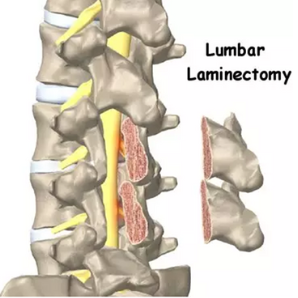- Home
- About
- Hospitals
-
Treatments
- Orthopedic & Spine
- Knee Replacement
- Carpal Tunnel Release
- Rotator Cuff Repair
- Meniscus Repair / Meniscectomy
- Total Hip Replacement (THR)
- Total Shoulder Replacement
- Arthroscopy
- Ligament Reconstruction
- Spinal Fusion
- Discectomy
- Laminectomy
- Spinal Decompression
- Vertebroplasty and Kyphoplasty
- Fracture Repair
- ACL Reconstruction
- Tendon Repair
- Osteotomy
- Amputation
- Pediatric and Adult Cardiac
- Neuroscience
- Oncology
- Nephrology & KTP
- Gastroenterology & Hepatobiliary
- Obstetrics and Gynaecology
- Infertility
- Dental & Maxillofacial
- Plastic & Cosmetic Surgery
- Rhinoplasty
- Blepharoplasty (Eyelid Surgery)
- Facelift (Rhytidectomy)
- Breast Augmentation (Mammoplasty)
- Breast Reduction (Mammoplasty)
- Breast Lift (Mastopexy)
- Liposuction
- Abdominoplasty (Tummy Tuck)
- Brazilian Butt Lift (BBL)
- Lip Augmentation
- Breast Reconstruction
- Cleft Lip and Palate Repair
- Scar Revision
- Burn Reconstruction
- Botox Injection
- Ophthalmology
- Otolaryngology (ENT)
- Endocrinology
- General and Minimal Invasive Surgery
- Pulmonology
- Rheumatology
- Urology
- General Medicine
- Ayurvedic Treatment
- Orthopedic & Spine
- Doctors
- Contact Us
ACL Reconstruction
Anterior Cruciate Ligament (ACL)
reconstruction is a surgical procedure performed to repair a torn or damaged
ACL, which is one of the major ligaments in the knee joint. The ACL helps
stabilize the knee and is crucial for maintaining normal joint function. When
the ACL is injured, typically due to sports-related activities or traumatic
events, it can lead to instability, pain, and limited range of motion in the
knee.
ACL reconstruction surgery is a common orthopedic procedure, and it aims
to restore the strength and stability of the knee joint. Here is an overview of
the ACL reconstruction procedure:
Preoperative Assessment: Before the surgery, a thorough evaluation is conducted, which may
include physical examinations, imaging studies (such as MRI), and a discussion
of the patient's medical history and goals for the surgery.
Anesthesia: The
procedure is usually performed under general anesthesia, which means the
patient is asleep and pain-free during the surgery.
Incisions: The
surgeon makes small incisions around the knee to access the joint. In some
cases, the surgery may be performed arthroscopically, which involves using a
tiny camera (arthroscope) and specialized instruments through smaller
incisions. This minimally invasive approach reduces scarring and may lead to a
quicker recovery.
Graft Selection: The damaged ACL is replaced with a graft. The graft can be sourced from
various places, including the patellar tendon (from the patient's own knee),
the hamstring tendons, or a cadaver donor (allograft). The choice of graft
depends on factors like the patient's age, activity level, and surgeon's
preference.
Graft Preparation: The selected graft is prepared and sized appropriately for the patient's
knee.
Tunnel Creation: The surgeon creates bone tunnels in the tibia (shinbone) and femur (thighbone)
to secure the graft.
Graft Fixation: The graft is threaded through the bone tunnels and secured in place using
screws, staples, or other fixation devices. This new ligament replaces the torn
ACL and provides stability to the knee.
Incision Closure: The incisions are closed with sutures or staples, and a sterile dressing
is applied.
After the surgery, patients typically undergo a rehabilitation program
that includes physical therapy to help regain strength, stability, and range of
motion in the knee. The length and intensity of the rehabilitation program may
vary depending on the patient's condition, the type of graft used, and other
factors.
ACL reconstruction is a highly successful procedure that aims to restore
knee stability and function. However, it is important to follow the surgeon's
post-operative instructions carefully and commit to the rehabilitation process
to achieve the best possible outcome. Recovery time varies, but many
individuals can return to their previous level of physical activity after
several months of rehabilitation.














.png)